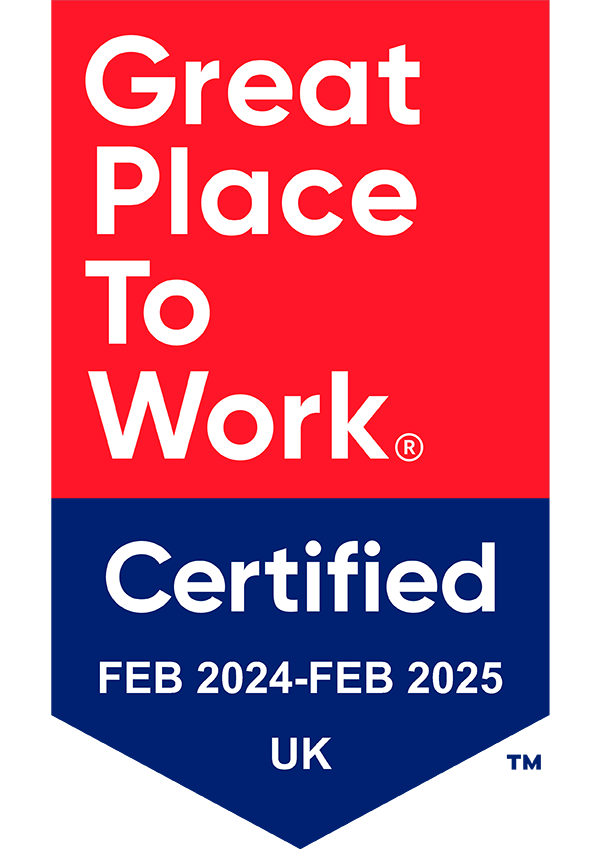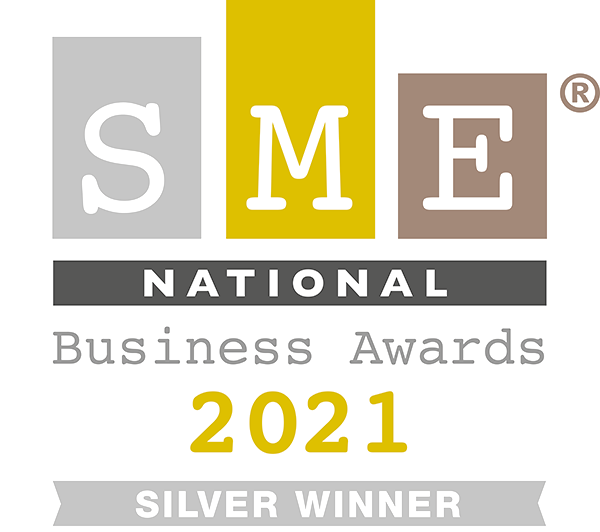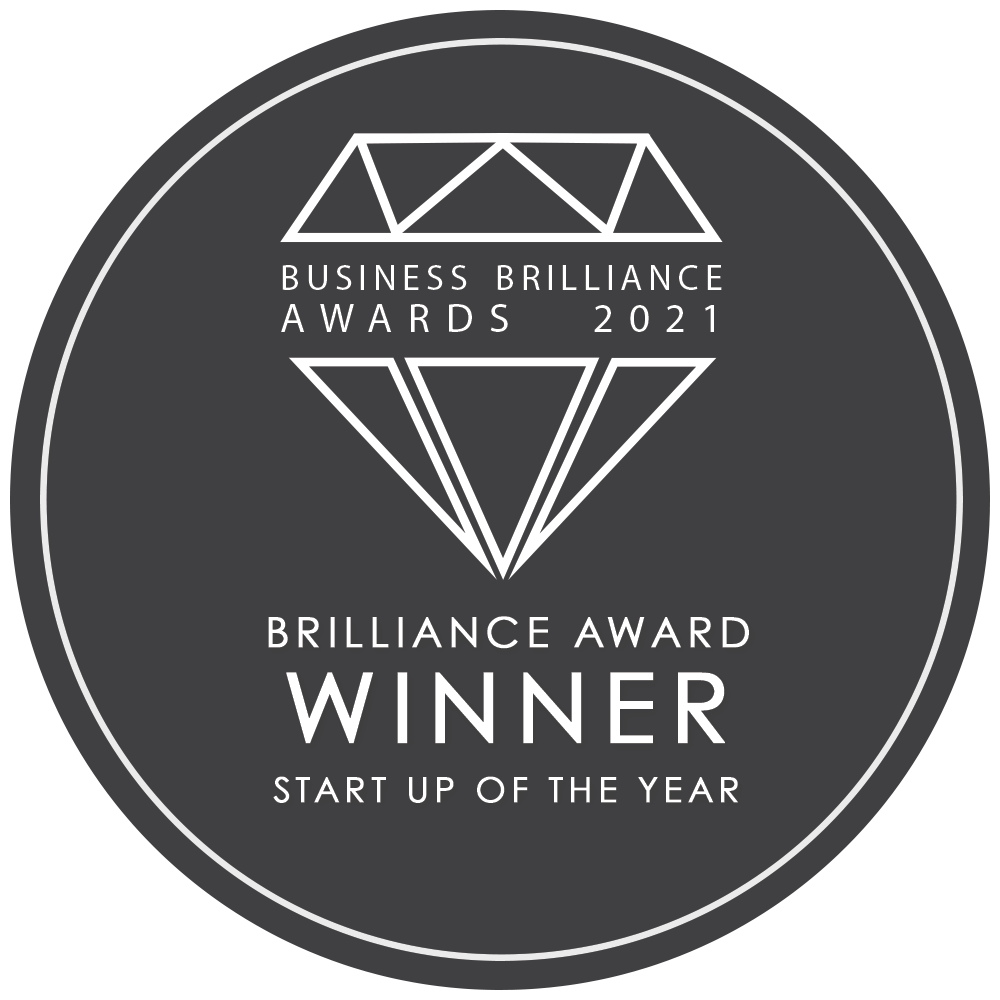Webinars have become a crucial tool in the modern marketing landscape, enabling businesses to connect with their audience, educate, and drive valuable engagement. However, simply organising a webinar isn’t enough; ensuring high attendance is equally important. In this blog post, we will explore effective strategies, best practices, and common pitfalls to help you improve webinar attendance and maximise the impact of your virtual events.
Understanding the Audience
To boost webinar attendance, it is essential to have a clear understanding of your target audience. This involves researching their preferences, needs, and pain points. By tailoring your webinar content to address their specific challenges and interests, you increase the likelihood of attracting and retaining attendees. Conduct surveys, analyse customer data, and leverage market research to gain valuable insights into your audience.
Compelling Webinar Titles and Descriptions
Crafting enticing titles and descriptions is crucial for attracting potential attendees. Your webinar title should be concise, attention-grabbing, and convey the value proposition clearly. Include keywords that align with the interests of your target audience. In the description, highlight the key takeaways, benefits, and any unique selling points to pique curiosity and generate interest. Remember to be transparent and avoid using clickbait-style tactics, as this can lead to dissatisfaction among attendees.
Promote Across Multiple Channels
To maximise your reach and increase webinar attendance, leverage various marketing channels. Here are a few effective strategies:
Email Marketing: Build a targeted email list and create personalised invitations to send to your existing subscribers. Segment your list based on customer interests and send tailored emails to different segments. Highlight the value and unique aspects of the webinar, and include clear call-to-action buttons.
Social Media: Leverage the power of social media platforms such as LinkedIn, Twitter, Facebook, and Instagram. Create engaging posts, use relevant hashtags, and share teasers, snippets, or testimonials to generate interest. Consider partnering with influencers or industry experts to amplify your reach.
Content Syndication: Collaborate with industry publications or platforms to syndicate your webinar content. This helps expose your webinar to a wider audience who may not be aware of your brand or events. Leverage guest blogging opportunities, sponsored articles, or native advertising to promote your webinar.
Paid Advertising: Consider investing in paid advertising channels such as Google Ads, social media ads, or native ads on relevant platforms. Optimise your campaigns based on your target audience demographics, interests, and online behaviour.
Implement Account-Based Marketing (ABM)
Account-Based Marketing (ABM) focuses on targeting specific high-value accounts and personalising your marketing efforts towards them. By leveraging ABM strategies, you can identify key decision-makers in target companies, tailor your webinar content to their specific needs, and deliver personalised invitations. Use personalised landing pages, one-on-one outreach, and direct mail to engage potential attendees. ABM helps you build a stronger relationship with your target accounts and increases the chances of higher attendance.
Optimise Registration Experience
The registration process plays a vital role in webinar attendance. Ensure that your registration page is user-friendly, mobile-responsive, and optimised for conversions. Keep the form short and only ask for essential information. Incorporate social login options or single sign-on (SSO) to streamline the registration process. Consider using progress bars or countdown timers to create a sense of urgency and encourage immediate action. Additionally, provide a confirmation email with clear instructions and add the event to the attendee’s calendar.
Leverage Automated Reminders
People often forget about upcoming events, so it’s crucial to send timely and automated reminders. Craft a series of reminders leading up to the webinar, including confirmation emails, pre-event reminders, and last-minute notifications.
Personalise these reminders by addressing the attendee by name and reiterating the key benefits and takeaways. Use email automation tools or marketing automation platforms to schedule and manage these reminders effectively.
Engage Attendees with Pre-Webinar Content
To create anticipation and engage attendees before the webinar, share relevant pre-webinar content. This can include blog posts, videos, infographics, or short teasers related to the webinar topic. Send these materials to registered attendees and promote them through your marketing channels. Encourage participants to submit questions or topics they’d like to see addressed during the webinar, creating a sense of involvement and interactivity.
Conduct Live Polls and Q&A Sessions
During the webinar, actively engage your audience through live polls and Q&A sessions. Polls provide valuable insights into attendees’ opinions, preferences, and pain points, while Q&A sessions allow for real-time interaction and personalised engagement. Incorporate these elements strategically throughout the webinar to maintain attendee interest and encourage active participation.
Follow-Up and Repurpose Webinar Content
After the webinar concludes, don’t let the engagement end there. Follow up with attendees by sending a post-webinar thank-you email. Include a recording or a link to the webinar replay for those who couldn’t attend or may want to revisit the content. Repurpose the webinar content into bite-sized pieces, such as blog posts, social media graphics, or short videos, to extend its reach and provide valuable content to a wider audience.
Conclusion
Improving webinar attendance requires a strategic approach that encompasses understanding your audience, crafting compelling titles and descriptions, promoting across multiple channels, leveraging ABM strategies, optimising the registration experience, and engaging attendees before, during, and after the webinar. By implementing these best practices, you can enhance your webinar attendance, increase audience engagement, and drive meaningful results for your marketing efforts.
Remember, the success of your webinars extends beyond attendance numbers. Focus on delivering valuable content, fostering meaningful connections, and continuously improving your webinar strategy to achieve long-term success.











